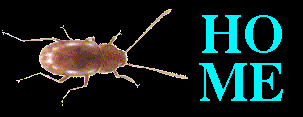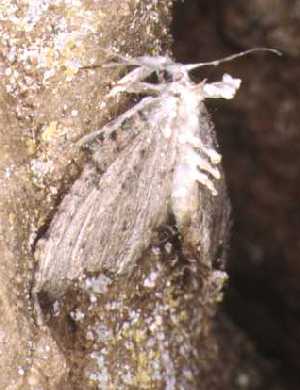|
Biospeleology of the Piemonte |
 |
Systematic Photographic |
|
Biospeleology of the Piemonte |
 |
Systematic Photographic |
 |
|
|
|
 |
 |
 |
 |
 |
 |
|
|
|
|
|


In the world without light inside the caves the plants can't survive, but here can live other organisms belonging to a parallel living kingdom which representatives don't need the sunbeam to grow. They are the "Fungi" (latin term), some of which became parasite of Insects Coleoptera (like the Laboulbeniales that parasite the Trechinae of the genus Duvalius


The fruit-bearing bodies or "carpophores" are commonly known as "Mushrooms" and are the reproductive organs of the true body of the fungus, formed by the web of subterranean mycelium that colonize the ground. The carpophores of some fungi growing in the caves, in an atmosphere with a rate of relative humidity near the 100%, assume unusuals shapes.

 |
 |
 |
 |
 |
BIBLIOGRAPHY |
BIBLIOGRAPHY |
BIBLIOGRAPHY |



|
|



Some embellishments, Javascript, etc. have been modified
from them situated on the site 
"A SBAFO! All for the WEB gratis and in
Italian... "; the author advise you to visit it.




